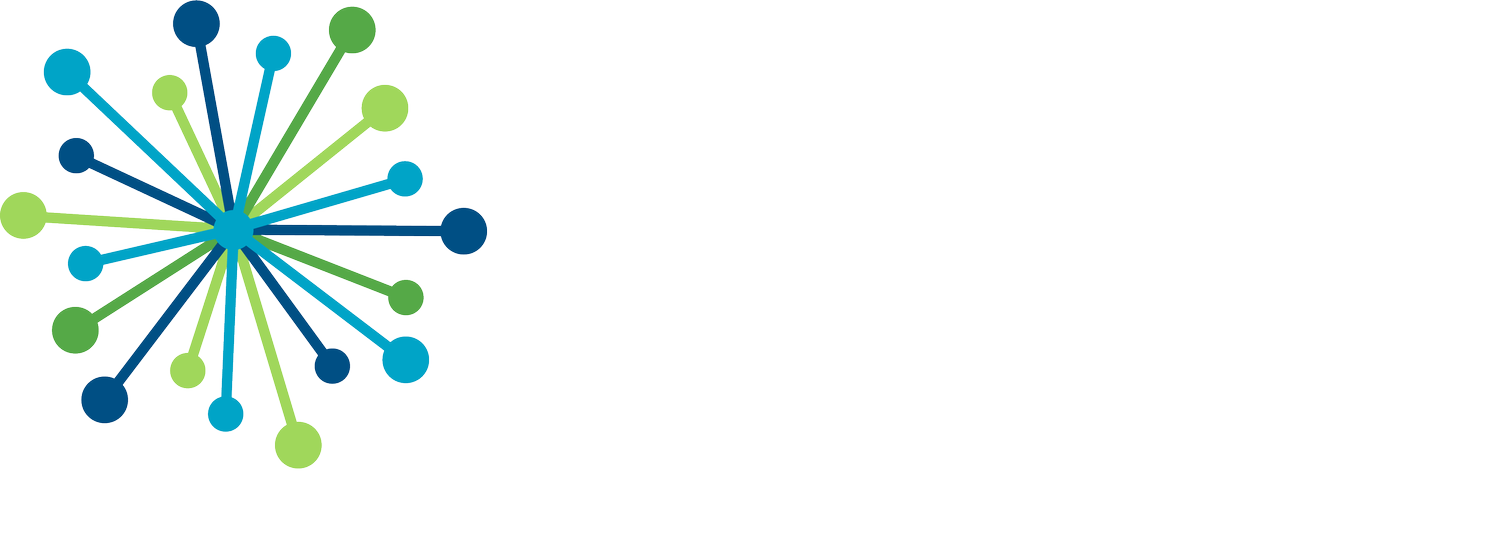Whole Child Learning Boosts Brain Power and Confidence
OK, let’s admit it: Middle school can be an awkward stage in adolescence. The daily decisions can feel overwhelming for students, and many youngsters often feel uncertain about themselves and their futures during their tween and teen years.
Just think back to when you were 11 or 12 years old. Enough said.
Implementing whole-child learning techniques helps students navigate this time, as well as boost brain power, build confidence and grow into well-rounded young adults. Here are three things families should know about whole-child learning.
What is Whole-Child Learning?
Whole-child learning incorporates student growth in several areas, including academic, social-emotional, mutual responsibility and self-identity. By focusing on the whole child and his/her strengths, they are able to:
gain knowledge
process information
explore their interests
connect with their peers
set boundaries
recognize their value
think critically
establish individual accountability
Identify feelings and normalize emotions
and find their space within a diverse community of learners
Whole-child learning is seeing a student for exactly who they are and focusing on the amazing things they bring to the world,” says Lizzie Forshee, a longtime teacher and special education coordinator at Laura Jeffrey Academy, a STEM middle school in St. Paul, Minn.
“When you meet a student's needs, you can then provide a fun learning experiences and opportunities for growth. Whole-child learning helps them to navigate middle school and succeed,” she adds.
Why is whole-child learning important to the educational experience, especially for middle schoolers?
There is a common misunderstanding that middle schoolers are supposed to focus only on academics while sidelining the other aspects of themselves, says Terrence Thigpen, dean of students at Laura Jeffrey Academy, which serves middle school students in grades 5-8.
“With increased knowledge of self, they can harness skills that will allow them to be the best versions of who they are more often,” he says.
Young people are whole people, each developing their wholeness on a continual basis, adds Maddi McDonell, a school social worker at Laura Jeffrey Academy. “During the middle school years, those in-between years, youth are bridging between childhood concrete and literal thinking into adolescence with the capacity for abstract and more complex thinking,” she says. “It is a fabulous time to capture the transitioning person and support them as they develop that capacity.”
What does whole-child learning look like in the classroom?
At Laura Jeffrey Academy, whole-child learning is implemented through conversations, classroom lessons and projects.
“Along with the traditional learning standards, LJA places an emphasis on scholars learning about who they are as people and what it means to be in community with others,” Thigpen says.
The school day starts with staff greeting students with a smile in the hallways. The morning continues with small advisory groups centered on building community and using positive language. In each group, students are greeted by name with a “good morning” and an affirmation.
They also set SMART goals for themselves. For example, students write their goal on a coffee filter and wrap it around a tulip bulb that’s planted in the school garden. Students then watch their flower — and, thus, goal — bloom in the spring. In another project, students create origami cranes that “fly” in the hallway as a reminder to soar, and they write letters to themselves that they open at the end of the school year.
“They are great visuals and provide touchpoints for their learning and growth throughout the year,” Forshee says. “We help students process their feelings so we can spark learning. It’s tough to learn math when you’re upset. So we are a safe place, and we let them know, “We’re here. We see you!”
In addition, scholars participate in mindfulness moments, weekly individual check-ins with the school social worker and, if necessary, trauma-informed groups led by certified staff members. “Our aim is that the scholars develop all aspects and parts of themselves so they can grow in a holistic and balanced way,” McDonell says.
At home, families can also support whole-child learning. For example, ask open-ended questions and find out what your child needs to be confident and successful. In addition, support them by expressing an understanding for how hard they work during school, Forshee says.
“The middle school years can be bumpy for students or for their families as everyone is growing and learning. Whole-child learning helps to make students feel comfortable, heard and successful at LJA and beyond,” Forshee adds.
Laura Jeffrey Academy (LJA) is a tuition-free public middle school in St. Paul MN. Our inclusive, culturally diverse learning environment is open to all students in grades 5-8. At LJA, we develop scholars with big hearts, bright futures and the ability to think critically. They are encouraged to explore their potential, discover their brilliance and develop their intellect.

